当前位置:网站首页>Node template engine (EJS, art template)
Node template engine (EJS, art template)
2022-04-23 17:14:00 【MiMenge】
template engine
1 ejs template engine
install ejs template engine
$ npm i ejs -s
Using the template engine
const express = require('express');
const app = express();
// Set the view template engine 'ejs'
app.set('view engine', 'ejs');
// Configure template directory Let the program go to the location of the template engine
app.set('view', './views');
app.get('/show', (request, response) => {
// Rendered data
let persion = [{
uname: 'TOM', age: 20
}, {
uname: 'ANDY', age: 22
}, {
uname: 'TONY', age: 46
}, {
uname: 'JERY', age: 18
}];
// Return to page file
response.sendFile(`${
__dirname}/public/index.html`);
// Render the page
response.render('engine', {
data: ' Template engine data ', age: 22, persion, template: '<h1>hello ejs!</h1>'});
});
app.listen(4400, (err) => {
if (!err) {
console.log('ok');
} else console.log(err);
});
views Under folder engine.ejs file
<!doctype html>
<html lang="en">
<head>
<meta charset="UTF-8">
<meta name="viewport"
content="width=device-width, user-scalable=no, initial-scale=1.0, maximum-scale=1.0, minimum-scale=1.0">
<meta http-equiv="X-UA-Compatible" content="ie=edge">
<title>Document</title>
</head>
<body>
<!--
ejs grammar
1 < % js Code % >> : Can write arbitrary code , But it won't output anything in the browser
2 < %- Variable % > : Objects that can be passed from the back end key designated value Render to page ( Transferred )
3 < %= Variable % > : Objects that can be passed from the back end key designated value Render to page ( Not transferred )
···
-->
<p> This is a new page </p>
<p>
<% console.log('@') %>
</p>
<% for (let k = 0; k < 10; k++) {
console.log(k);
} %>
<p><%- data %>, <%= age %></p>
<!--
< %- % > and < %= % > The difference between
-->
<!-- Parsed html-->
<%- template %>
<!-- Unresolved html-->
<%= template %>
<!-- Circular rendering -->
<%
for(let o = 0; o < persion.length; o++ ){
%>
<p> I am a <%= persion[o].uname %>, age<%= persion[o].age %></p>
<% }
%>
<!-- Be careful : This approach goes against the idea of separating the front and back ends , It will make it difficult to maintain later projects -->
</body>
</html>
Server printing
D:\Nodejs\node.exe D:\ project \ Front end cases \NODE.JS\ template engine \app.js
ok
@
0
1
2
3
4
5
6
7
8
9
2 art-template template engine
2-1 install
$ npm i art-template -s
2-2 Use
Introduce... Into the server file tempalte
const art = require('art-template');
2-3 Render to html
art.render(fileUrl, {
data});
Parse rendering html
fileUrl: Analytic htm
{data}: Rendered data objects
example
app.js
const express = require('express');
const app = express();
// Introduce template engine
const art = require('art-template');
const fs = require('fs');
app.get('/show', (request, response) => {
fs.readFile(`${
__dirname}/public/index.html`, (err, data) => {
if (err) {
console.log(err);
return;
}
// Render the specified html file
let html = art.render(data.toString(), {
name: 'TOM',
age: 22,
html: '<i>123456</i>',
a: 20,
b: 10,
obj: {
prop1: [1, 2, 3, 4]},
bool: false
});
// Will use render The rendered page returns
response.send(html);
});
});
app.listen(4400, (err) => {
if (!err) {
console.log('ok');
} else console.log(err);
});
html file
<!DOCTYPE html>
<html lang="en">
<head>
<meta charset="UTF-8">
<meta http-equiv="X-UA-Compatible" content="IE=edge">
<meta name="viewport" content="width=device-width, initial-scale=1.0">
<title>Document</title>
</head>
<body>
<!-- This is a preliminary rendering using the template engine -->
<p>{
{name}}</p>
<h1> Age is {
{age}}</h1>
<!-- Unable to resolve html-->
{
{html}}
<p>{
{html}}</p>
// have access to
// {
{@ }} Parsing html
{
{@ html}}
<p>{
{a + b}}</p>
<p>{
{bool || obj['prop1']}}</p>
</body>
</html>
2-4 art-template grammar
{ {}} It is a module of template engine parsing , You can write variables or expressions
2-5 sentence
- Variable
<!-- Variable -->
<!-- Defining variables -->
{
{set tem = name}}
<!-- Using variables -->
<h1>{
{tem}}</h1>
<!--TOM-->
- Loop statement
{ {each target}}
{ {$ index}} { {value}}
{ {/ each}}
<!-- loop -->
{
{each target=obj['prop1']}}
<p> The value is :{
{$value}},index yes :{
{$index}}</p>
{
{/each}}
// The value is :1,index yes :0
The value is :2,index yes :1
The value is :3,index yes :2
The value is :4,index yes :3
amount to forEach
${
{index}} ===> foreach Medium Index
${ {value}} ===> foreach Medium value
target It refers to the target object of traversal
- Conditional statements
{ {if value}} … { {/if}}
{ {if v1}} … { {else if v2}} … { {/if}}
<!-- Judge -->
{
{if bool===true}}
<p> really </p>
{
{/if}}
<p> false </p>
{
{if a + b > 10}}
<p> Greater than 10</p>
{
{else if a + b === 10}}
<p> be equal to 10</p>
{
{else}}
<p> Less than 10</p>
{
{/if}}
<!-- false Less than 10 -->
Be careful : Conditions written in if Back
2-5 Template inheritance
{ {extend ‘./layout.art’}}
{ {block ‘head’}} … { {/block}}
Template inheritance allows you to build a basic template that contains common elements of your site “ skeleton ”.
<!-- Template -->
<!doctype html>
<html>
<head>
<meta charset="utf-8">
<title>{
{block 'title'}}My Site{
{/block}}</title>
</head>
<body>
{
{block 'content'}}{
{/block}}
</body>
</html>
<!--child.html-->
{
{block 'content'}}
<p>This is just an awesome page.</p>
{
{/block}}
Rendering index.html after , The layout skeleton is automatically applied .
2-6 Sub template
{ {include ‘./header.art’}}
{ {include ‘./header.art’ data}}
art-template The built-in HTML compressor , Please avoid writing HTML Abnormally closed sub templates , Otherwise, the label may be accidentally compressed after compression is turned on “ Optimize .
2-7 filter
Registration filter
template.defaults.imports.dateFormat = function(date, format){
/*[code..]*/};
template.defaults.imports.timestamp = function(value){
return value * 1000};
Register filter functions , Use the pipe symbol when using on , Pass the data into the filter function for corresponding operation
and vuejs The pipe symbol in is similar to
The first parameter of the filter function accepts the target value .
Standard grammar
{
{date | timestamp | dateFormat ‘yyyy-MM-dd hh:mm:ss’}}
{
{value | filter}} The filter syntax is similar to the pipe operator , Its last output is the next input .
2-8 To configure
file name template.defaults
// Template name
filename: null,
// Template syntax rule list
rules: [nativeRule, artRule],
// Whether to enable the automatic coding function of template output statements . by false Then turn off the coding output function
// escape Can guard against XSS attack
escape: true,
// Start template engine debugging mode . If true: {cache:false, minimize:false, compileDebug:true}
debug: detectNode ? process.env.NODE_ENV !== 'production' : false,
// bail If true, Both compilation errors and runtime errors throw exceptions
bail: true,
// Open cache or not
cache: true,
// Whether to turn on compression . It will run htmlMinifier, Page HTML、CSS、CSS Compress the output
// If the template contains no closed HTML label , Please don't open minimize, Otherwise it may be htmlMinifier Repair or filter
minimize: true,
// Whether to compile debug version
compileDebug: false,
// Template path converter
resolveFilename: resolveFilename,
// Sub template compilation adapter
include: include,
// HTML compressor . Only in NodeJS Effective in the environment
htmlMinifier: htmlMinifier,
// HTML Compressor configuration . See https://github.com/kangax/html-minifier
htmlMinifierOptions: {
collapseWhitespace: true,
minifyCSS: true,
minifyJS: true,
// Automatically merge at run time :rules.map(rule => rule.test)
ignoreCustomFragments: []
},
// Error events . Only in bail by false Effective when
onerror: onerror,
// Template file loader
loader: loader,
// Cache center adapter ( rely on filename Field )
caches: caches,
// Template root directory . If filename Field is not a local path , It's in root Find template
root: '/',
// Default suffix . If there is no suffix , It will be added automatically extname
extname: '.art',
// Ignored variables . List of template variables ignored by the template compiler
ignore: [],
// Imported template variables
imports: runtime
2-9 api
template(filename, content)
Render the template according to the template name .
Parameters :
{string} filename
{Object,string} content
Return value :
If content by Object, Render the template and return string
If content by string, Then compile the template and return function
The browser version cannot load external files ,filename To store the elements of the template id
compile(source, options)
Compile the template and return a rendering function .
Parameters :
{string} source
{Object} options
Return value :
{function}
render(file, data, options)
Compile and return rendering results .
Parameters :
{file} Target render object
{data} The data on the noise
{Object} Configuration item
版权声明
本文为[MiMenge]所创,转载请带上原文链接,感谢
https://yzsam.com/2022/04/202204230553027751.html
边栏推荐
- JS failed to change all variables and changed to the return method. Finally, the problem was solved
- Use of Shell sort command
- 1-5 nodejs commonjs specification
- First knowledge of go language
- Go language RPC communication
- Sub database and sub table & shardingsphere
- . net type transfer
- 【生活中的逻辑谬误】稻草人谬误和无力反驳不算证明
- Webapi + form form upload file
- SPC introduction
猜你喜欢
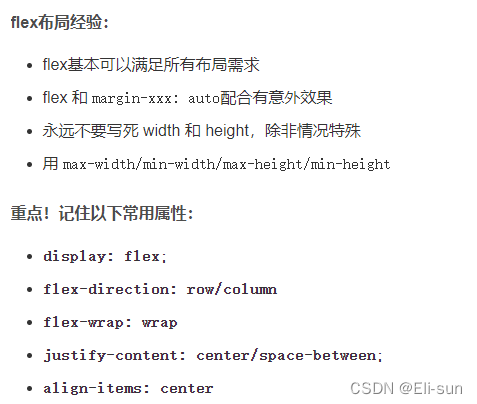
JS, entries(), keys(), values(), some(), object Assign() traversal array usage

Detailed explanation of the penetration of network security in the shooting range

C# Task. Delay and thread The difference between sleep

Nacos + aspnetcore + Ocelot actual combat code
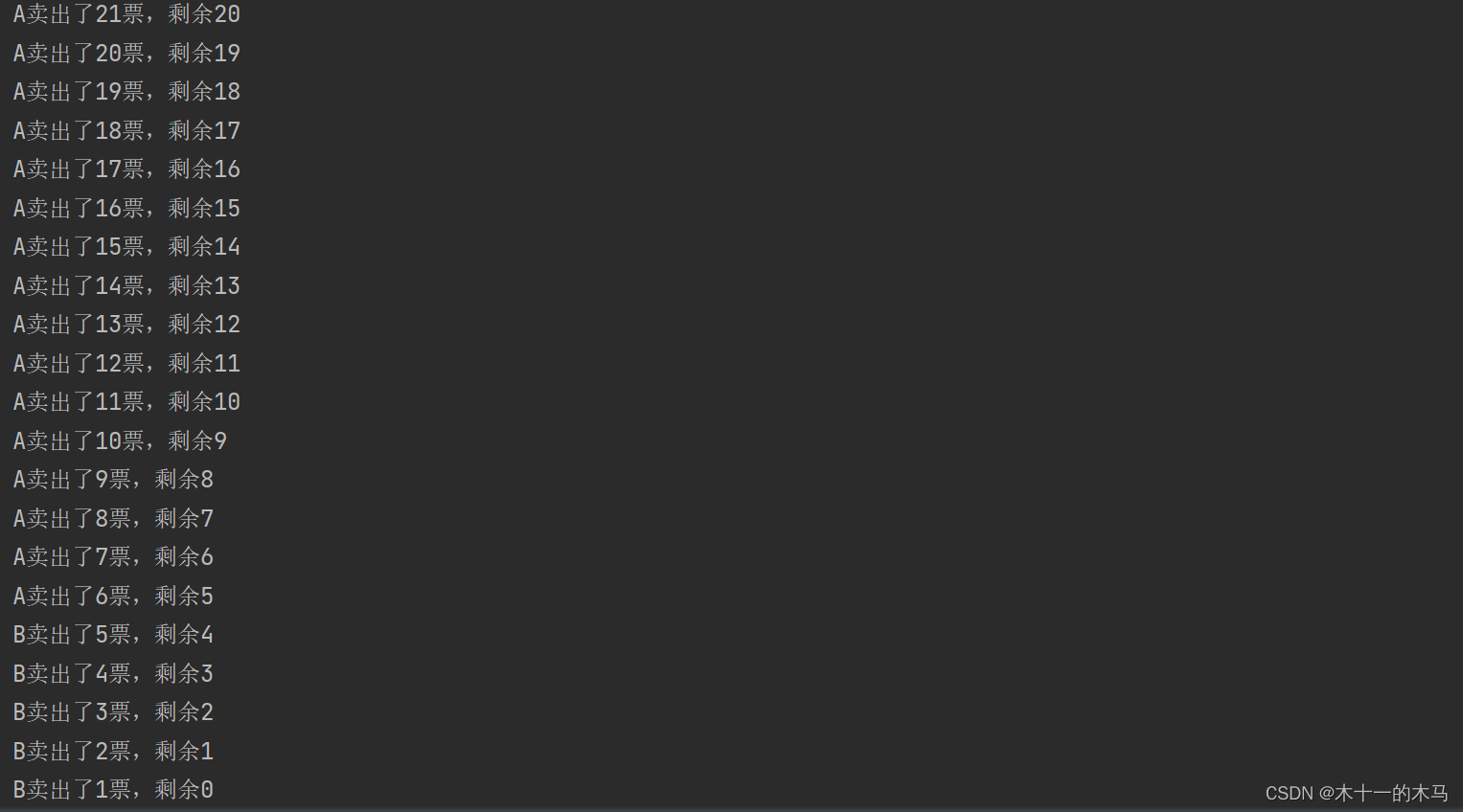
Lock lock
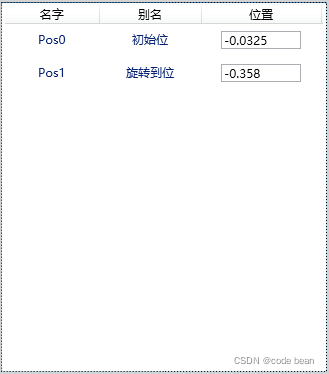
【WPF绑定3】 ListView基础绑定和数据模板绑定
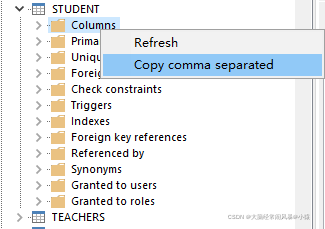
Get the column name list of the table quickly in Oracle
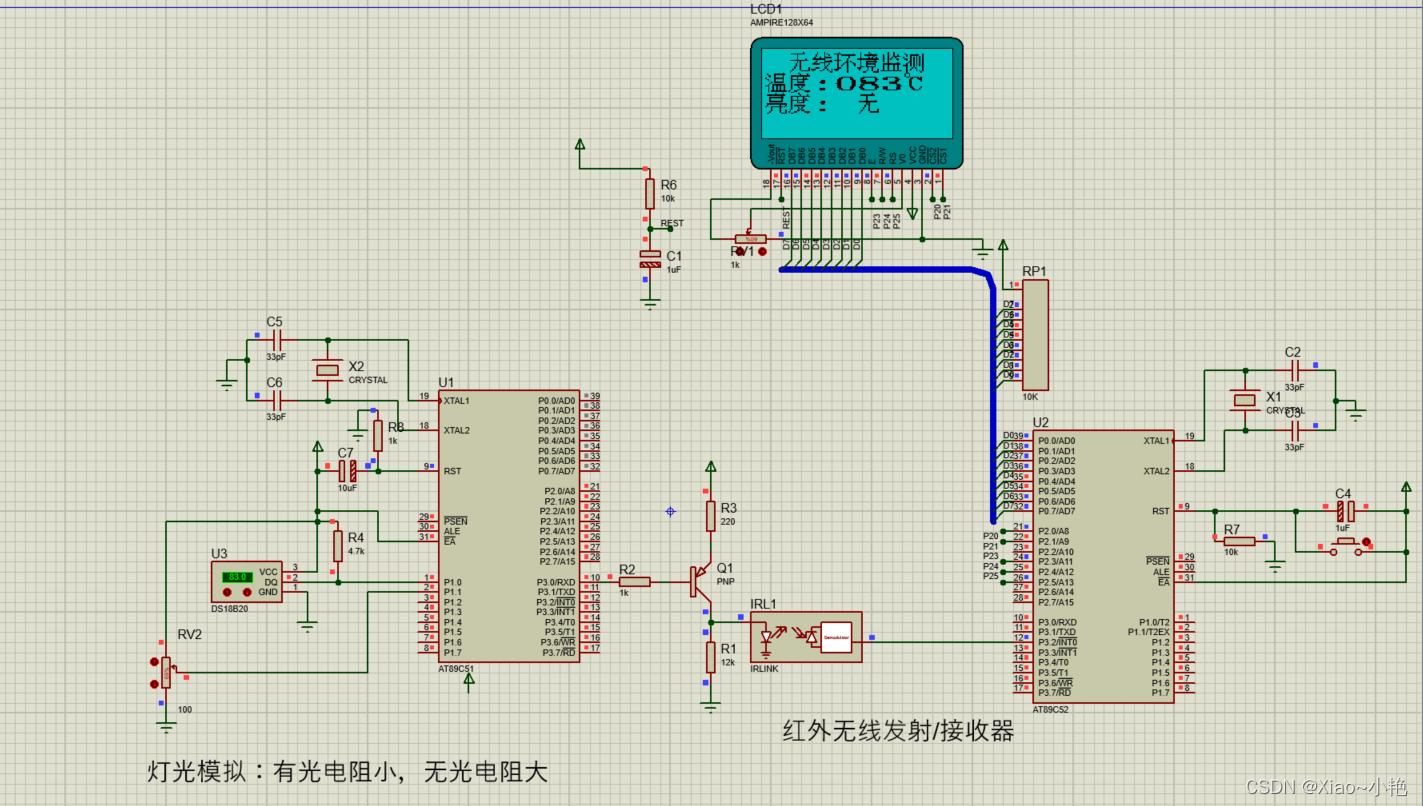
基于51单片机红外无线通讯仿真
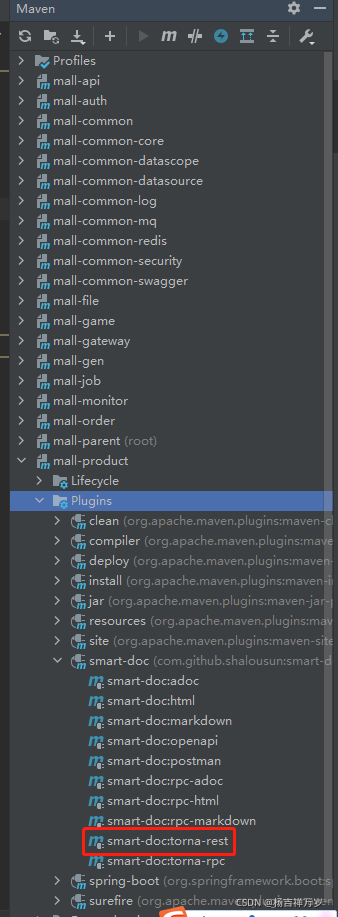
Smart doc + Torna generate interface document

VLAN advanced technology, VLAN aggregation, super VLAN, sub VLAN
随机推荐
Go language RPC communication
Handwritten event publish subscribe framework
Your brain expands and shrinks over time — these charts show how
. net type transfer
Use of shell awk command
Variable length parameter__ VA_ ARGS__ Macro definitions for and logging
Some problems encountered in recent programming 2021 / 9 / 8
Generate random numbers with high quality and Gaussian distribution
1-3 components and modules
Collection of common SQL statements
【生活中的逻辑谬误】稻草人谬误和无力反驳不算证明
2. Electron's HelloWorld
Further optimize Baidu map data visualization
Shell script -- shell programming specification and variables
Input file upload
Lock锁
Sub database and sub table & shardingsphere
Perception of linear algebra 2
Deep understanding of control inversion and dependency injection
Using quartz under. Net core - calendar of [6] jobs and triggers